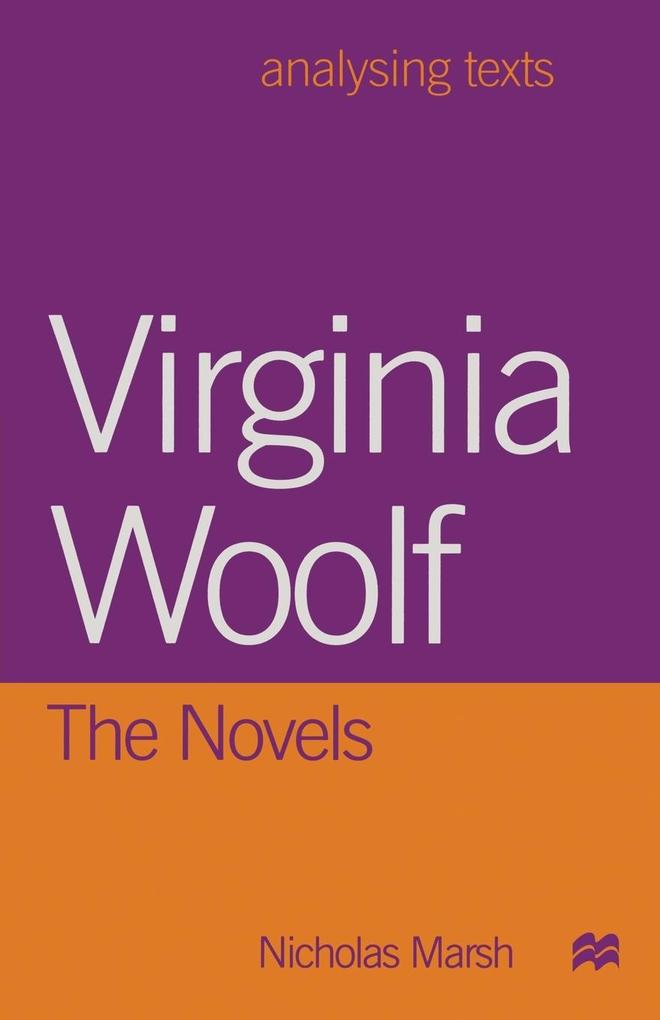At the beginning of this century, Virginia Woolf reacted against literary tradition, sought a new definition of fiction, applied her modern, post-freudian outlook and radically feminist ideas to the problem of writing novels and, in so doing, re-defined our concept of this literary form. The results can be seen in Mrs Dalloway, To The Lighthouse and The Waves, three novels of a flowing, impressionistic texture that are, at the same time, highly structured. Through detailed analysis of selected extracts from the novels, the reader is taught to explore the delicate and yet rich writing Woolf achieved and to inquire into the significance of her ironies and symbolic structures. This guide does not sidestep the complexity of her works, but challenges the reader to confront, examine and enjoy it.
Inhaltsverzeichnis
General Editor's Preface.- PART 1: ANALYSING VIRGINIA WOOLF'S NOVELS.- Virginia Woolf's Style.- Mental Processes in Virginia Woolf.- Male and Female in Virginia Woolf.- Social Commentary and Satire.- Imagery and Symbol.- The Significance of Nature.- Life and Art.- PART 2: THE CONTEXT AND THE CRITICS.- Virginia Woolf's Life and Work.- Virginia Woolf's Contribution to the Development of the Novel.- A Sample of Critical Views.- Further Reading.- Index.





















